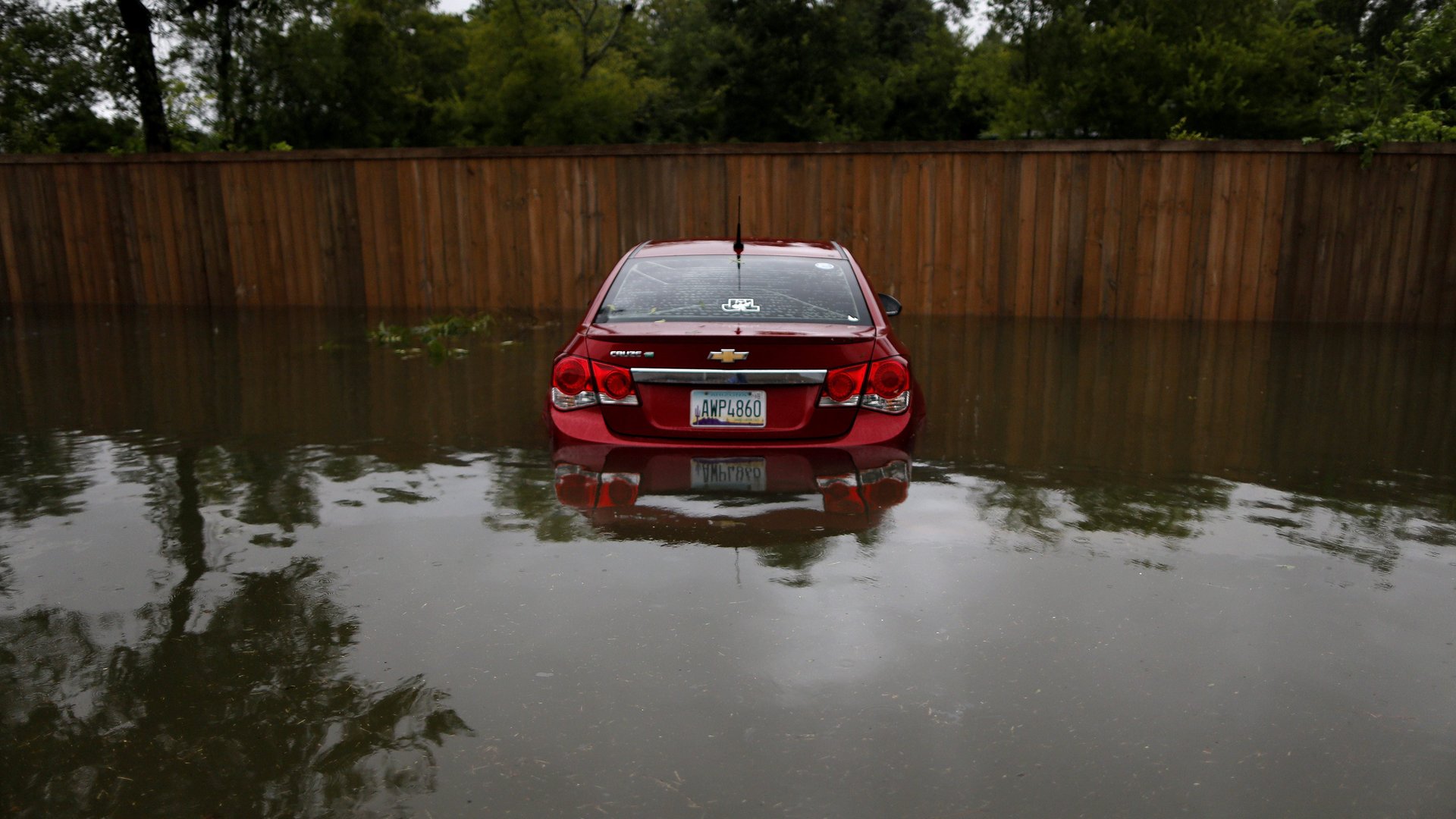Harvey’s victims will face a new challenge: how to get around without a car
As the floodwaters begin to recede from Harvey, a natural disaster that has claimed at least 38 lives, residents in Houston and beyond are grappling with a new reality in a car-dependent region: When the roads become passable, how will they get around?


As the floodwaters begin to recede from Harvey, a natural disaster that has claimed at least 38 lives, residents in Houston and beyond are grappling with a new reality in a car-dependent region: When the roads become passable, how will they get around?
How many cars were destroyed by Hurricane Harvey?
An estimated 500,000 cars may have been destroyed in the rising water that consumed neighborhoods in Harvey’s path.
“This is worse than Hurricane Sandy,” Cox Automotive chief economist Jonathan Smoke told CNBC. “Sandy was bad, but the flooding with Hurricane Harvey could impact far more vehicles.”
Hurricane Katrina, which devastated parts of New Orleans, Louisiana, and surrounding areas in 2005 and was one of the costliest natural disasters in US history, damaged an estimated 570,000 cars.
Experts say the cost of Harvey’s recovery could easily top the $160 billion (in combined private sector and government spending) of Katrina. As Quartz reported:
“Each day that passes, as impacts multiply, it seems more likely that Harvey will eclipse the cost of Katrina…. It might not even be close—it may blow Katrina out of the water,” said Adam Smith, lead researcher for the US Billion-Dollar Weather and Climate Disasters program at the National Centers for Environmental Information.
Asked about predictions that Harvey will cost more than Katrina and 2012’s Hurricane Sandy combined, Smith cautioned that it’s too early to give any real precision, but said, “It’s possible—I won’t say plausible, but I would say possible.”
Is there public transportation in Houston?
Residents in the sprawling city have access to a public-transportation system that includes light rail and bus lines. While public transit is an option for some, Houston is nevertheless a city where people typically rely on cars for the bulk of their travel. The Houston area has a vehicle ownership rate of 94.4%, compared to 91% for the U.S, Fox Business reported.
There are nearly 1.3 million vehicles in Houston proper that are owned or rented by the city’s residents, according to census data.
As of Thursday morning (Aug. 31), some buses and very limited rail options had resumed. METROLift, a service for people who require transport for dialysis or other life-sustaining medical care, was also running only on a limited basis.
“Due to uncertain road conditions, it is still possible METROLift will not be able to reach certain areas to pick up patrons,” the Metropolitan Transit Authority of Harris County said.
What does water damage do to cars?
For residents who are facing cars that have been damaged by significant floodwaters, the prospects are grim. Electrical systems are particularly susceptible to water damage that can render cars unsafe to drive, even if they start.
Popular Mechanics writes that if the waterline is as high as the vehicle’s dashboard, the car is likely a total loss. “These systems rely on a lot of low-voltage signals from sensors in the engine management system and ABS [anti-lock braking system],” the post said. “These low-voltage signals are extremely sensitive to corrosion on connectors, and problems can crop up for years.”
Does car insurance cover flooding?
It depends.
The state of Texas requires drivers to have only liability insurance, which covers damages or injuries from a car accident that you caused. In order to be protected against flood damage, drivers need comprehensive car insurance, a more expensive plan.
The National Flood Insurance Program also does not cover vehicles such as cars, nor their parts.
Speaking on CNBC on Wednesday, Berkshire Hathaway CEO Warren Buffett said he expects to see significant vehicle loss from the storm. (Hathaway owns auto-insurance company Geico).
“I wouldn’t be surprised if we had 50,000 [vehicle] losses, and most of them will be total losses,” Buffett said. “The insured loss will be large. There will be a lot of uninsured losses, too.”
That would be another potential complication for recovery efforts: The Texas Department of Motor Vehicles says that some 20 percent of drivers across the state do not have car insurance.